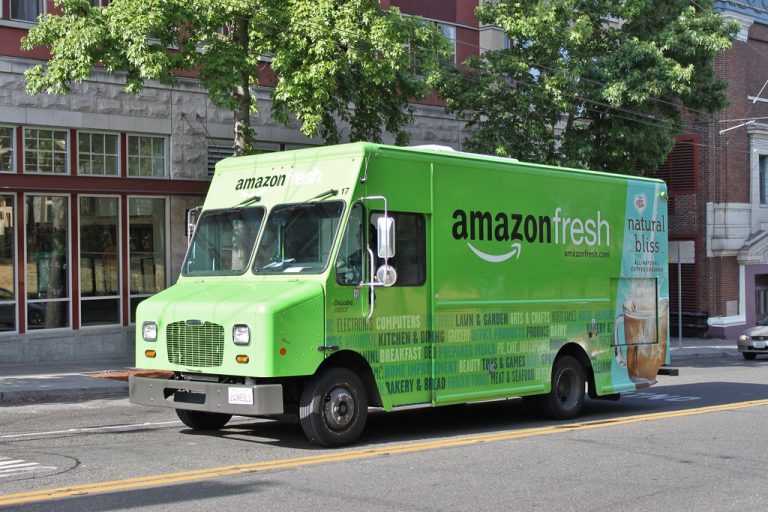Published on August 1, 2019

Is cyber-shopping terrible for the environment?
Some say yes, with all those trucks heading out into suburbia to deliver your latest gadget, fashion garment or book. But online retailers insist theirs is the greener delivery route — much better than you driving to the store.
So, who is right? And are there even better ways?
This really matters for the climate. Online shopping makes up one in seven retail purchases worldwide. Its value in 2019 will be a staggering US$3.5 trillion, a figure that is rising by more than a fifth every year.
Can online retailers deliver better? That last mile is still a source of great (and costly) inefficiency for them, say logistics analysts. It’s where both dollars and carbon emissions can be saved.
So they are trying. Amazon wants half its shipments to be “net zero carbon” by 2030. But how?
Electric vehicles are one possibility. With no tailpipe emissions, they reduce transport’s contribution to urban smog. But their carbon footprint depends on how their electricity is generated. Right now, an electric vehicle is a lot greener in Vermont than in coal-burning West Virginia.
How about drones? They would mostly deliver one package at a time. But even flitting back and forth from the depot, drones could sometimes still reduce carbon emissions relative to delivery trucks, according to Anne Goodchild, professor of Civil and Environmental Engineering and director of the Supply Chain Transportation and Logistics Center at UW. They are likely to work best with light, urgent deliveries, such as medicines, food or mail, and in confined high-demand areas such as university campuses.
Continue reading at Cosmos: The Science of Everything.
Originally written by Fred Pearce for Ensia, republished on Cosmos.